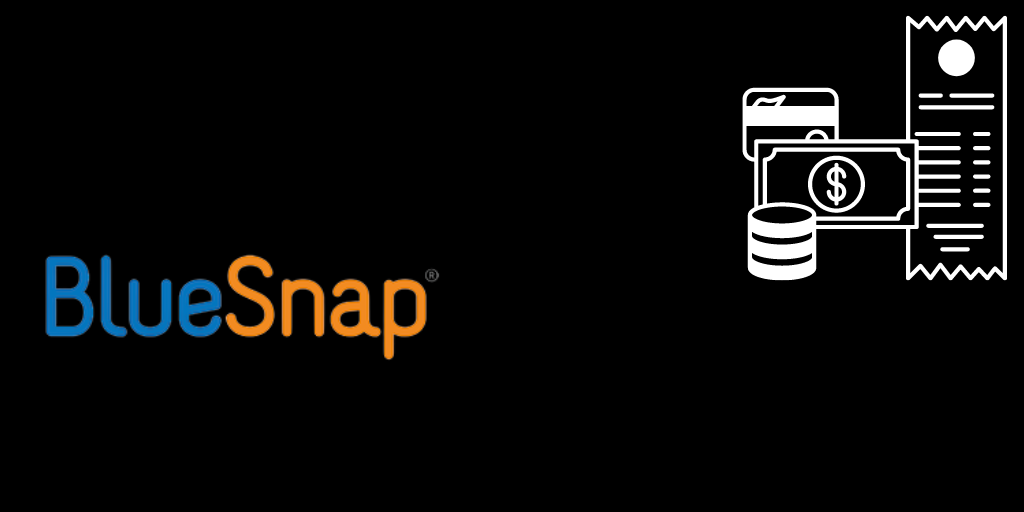Social media apps are now as much a sales tool for your eCommerce business as they are a way for users to connect. However, many shoppers are skeptical about social commerce, where the entire shopping and payment experience occurs within the social media platform. In fact, platforms like Facebook, which introduced its own Facebook Pay, are capitalizing on the social commerce trend, but many shoppers are hesitant to purchase in this manner.
Social commerce raises a number of concerns for potential customers:
- Is the store real?
- Will I receive my purchase?
- How long will it take?
- Will the social media platform see what I purchase?
- Should I worry about privacy and data security?
But brands can still take advantage of social commerce’s growing popularity without losing customers who are wary about purchasing on social media. The key is social selling.
In social selling, online retailers promote their goods on social platforms but ultimately drive buyers back to their websites to complete the transactions. This allows you to capitalize on using the social networks to reach buyers where they already are, while also providing them with a trusted checkout experience on your site.
Social Commerce Is Growing in Popularity, But Not All Customers Trust It
According to Insider Intelligence, social commerce sales in the US alone are predicted to reach $45.74B with over half of all adults making a purchase on social media in 2022.
However, a recent survey finds that 43% of social media users don’t trust social media platforms to manage the payment process securely. The survey also finds that only 29% of users are comfortable with the possibility of social media platforms storing their payment information.
The survey also details what consumers are comfortable buying on social media and how much they’re spending. The average cost of a social media purchase is $63, and the average total that frequent social commerce purchasers spend is just $263. Additionally, the most popular products bought through social media are generally inexpensive purchases (e.g., toys, video games, apparel, books and accessories), and fewer users make more costly purchases, such as furniture (10%), tools and hardware (7%), and niche or boutique items (7%).
While social commerce is certainly a trend to be aware of, it’s essential to understand its limitations.
Use Social Selling to Drive Online Sales
The challenge, then, for retailers is knowing how to use social media’s power to attract and convert customers while respecting their valid concerns. For now, the solution is to continue to allow customers to complete their purchases outside the social media platform — 91% of users surveyed about past social purchases bought the products on an external site rather than on the social media platform.
Social selling can be a powerful tool for driving online and mobile sales on your website. Use social commerce features in-app and link consumers directly to your website so they can complete their purchase on your checkout page. You can advertise new products, promotions and more — and then leverage your calls to action to really sell items. Once customers are on your website, you can provide them with your frictionless, secure, fully branded checkout. This experience gives customers the confidence and comfort needed to complete the purchase.
If you have the right digital payments provider, directing customers to your website also gives you more control over the entire payment experience. For example, you decide the currencies and payment types you can accept, and you can even take advantage of local card acquiring, which can help you increase your authorization rates and avoid unnecessary fees. Being sure you have the right fraud prevention and chargeback management solutions in place are also essential, as social selling will bring new audiences and impulse purchasers to you site.
When you control the payment experience along with a partner that can help you fully orchestrate payments, you can optimize the entire payment process for your business while providing a better experience for your buyers.
This blog was originally published on BlueSnap and written by Product & E-Commerce Director, Scott Ring.



